Mahalo
In his nineteenth-century travel essay, Northern California, Oregon, and the Sandwich Islands, Charles Nordhoff describes the landscape of Hawaii: “these great rocks, thus adorned, reminded me constantly of the rock scenery in such operas as Fra Diavolo, the dark green being of a shade which I do not remember to have seen before in nature, though it is not uncommon in theatrical scenery.” Hawaii is a small volcanic archipelago in which landscape can shift from jungle rainforest to barren desert to grassy fields to craggy lava rock to snow covered mountaintop within a few hours drive. Its lushness is balanced by its harshness, coexisting in fascinating and unique ways. The pervasive image and expectation of Hawaii, as relaxed tropical paradise filled with surfing and grass skirts, is contested as often as it is reinforced by the reality of the islands.
Mahalo is titled after the Hawaiian word for “gratitude”, one of the few Hawaiian words that tourists learn, and subsequently overuse – a word added to the Hawaiian language only after early visitors noted the generosity of the native people despite their lack of a word for gratitude. Through this series of color photographs I explore the collisions that occur within the modest perimeter of these socially, ethnically, religiously, and environmentally diverse islands. The body of work is composed of photographs made on five different islands, images made from television and cinema depictions of Hawaii, photographs of collected artifacts, and drawings of photographs that I wish I had made but failed to. The images create a portrait of Hawaii that both reinforces and subverts the prevalent image of the islands perpetuated by Blue Hawaii, Magnum P.I. and Fantasy Island. Film and television create a mythic Hawaii in our popular imagination that is distant from reality – a distance that is just as difficult to traverse as the Pacific Ocean was to settlers and colonists. The breadth of images in the series collapses the distance of the Pacific Ocean and the idealization of media portrayal, offering the viewer a more encyclopedic and nuanced portrayal of the Hawaiian Islands.

Akebono Taro, Hawaiian Sumo Champion, 2009

Driving No1, Blue Hawaii, 2011

Zebra, 2011
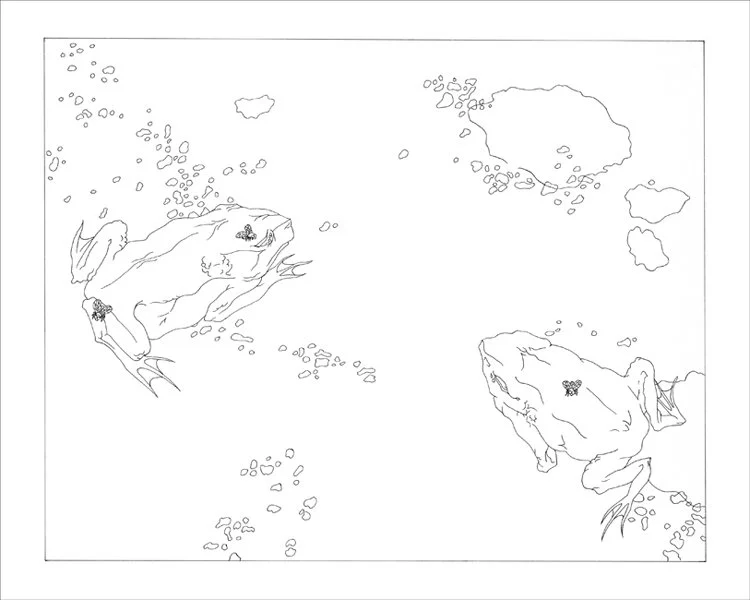
Photographs I Wish I’d Made No.3 (Dead Frogs), 2011

Pool, Ohe’o Gulch, Maui, 2010

Menehune Fishpond, Kauai, 2011
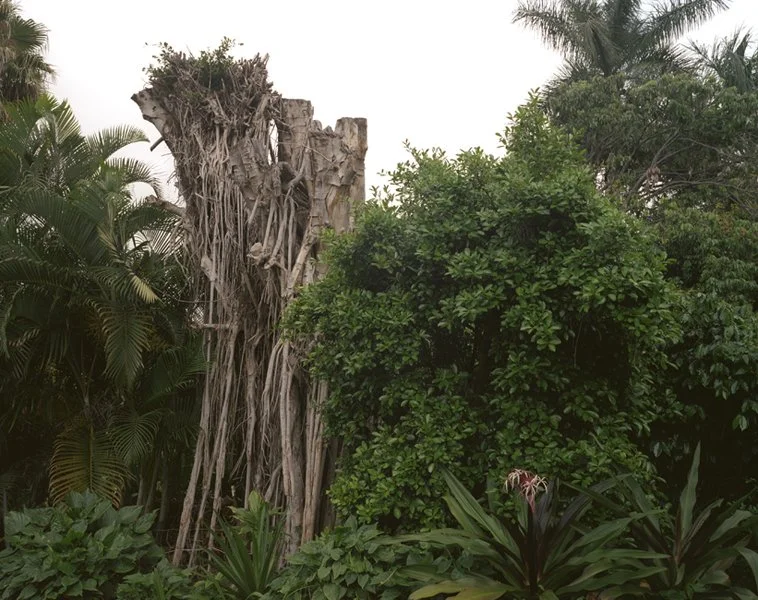
Banyan Tree, 2009

Photographs I Wish I’d Made No.4 (Panda), 2011

Candle, Rainbow Plantation, Kona, 2010
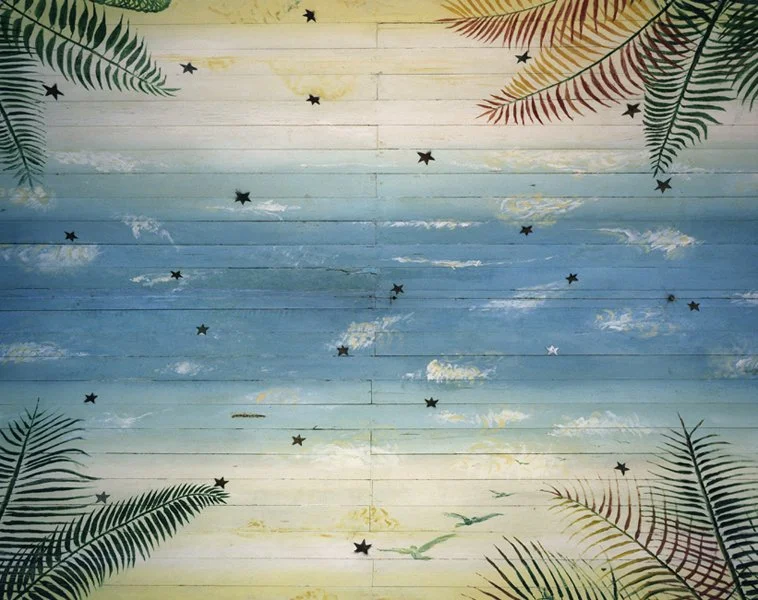
Mural Ceiling, St. Benedict's Catholic Church, 2010

Ahu’ena Heiau Print, King Kamehameha Hotel, 2009

Hawaiian Royalty Portraits, 2010

Photographs I Wish I'd Made No1 (Scarlett Macaw), 2011

Mormon Temple Visitor Center, O'ahu, 2009

Kona Airport, 2012

HA B-767 Safety Card - Water Landing, 2011

Kapalua West Maui Airport, 2012

Pool, Royal Kona Resort, 2012

Inside the Molokai Princess, 2009

Belgian Traveling to Molokai, 2010

Wave No1, Hawaii 5-0 Opening Credits, 2011

Breaking Wave, 2011

Kitchen, Coco Palms Resort, Kauai 2011
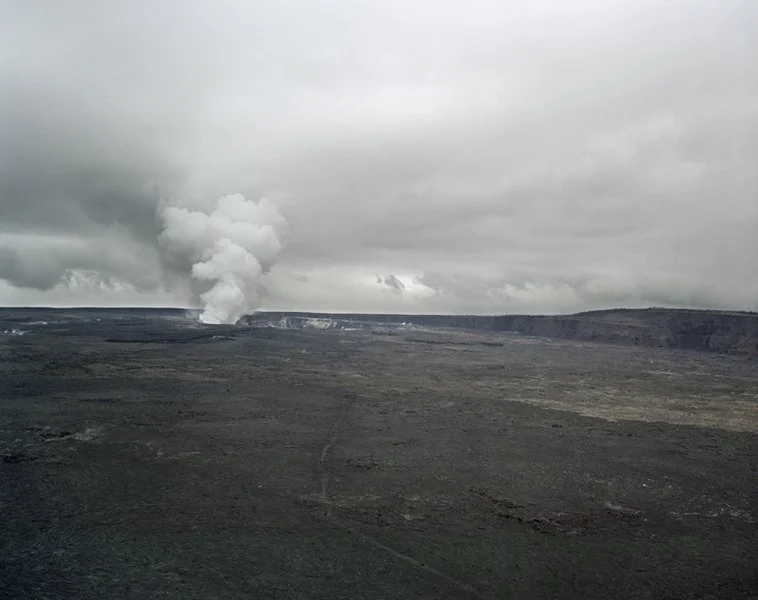
Eruption, 2010

Nineteenth-Century Volcano School Paintings, 2009

Haleakala Crater, 2010

Installation at Franklin Art Works, Minneapolis, MN (2011)

mounted print on bamboo panel

The Explorers Club, Gustavus Adolphus College, St. Peter, MN (2013)
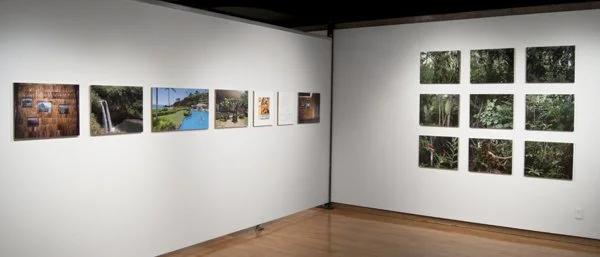
Lu-Wow, Johnson Gallery, Bethel University, Saint Paul, MN (2012)